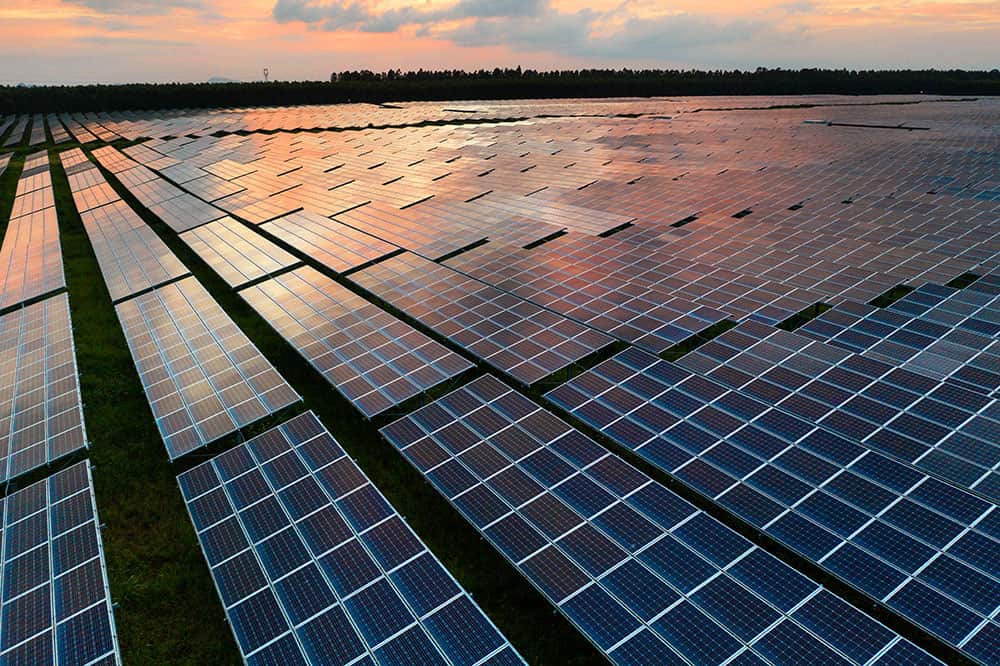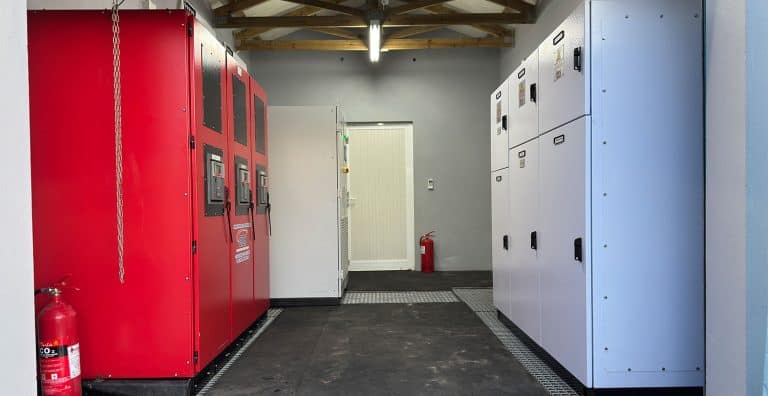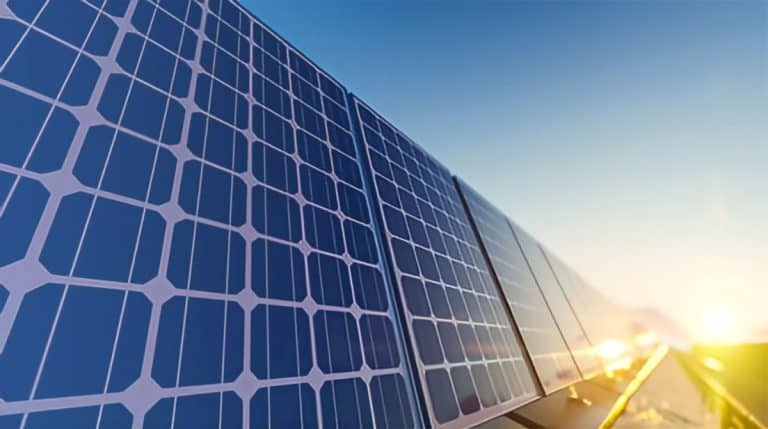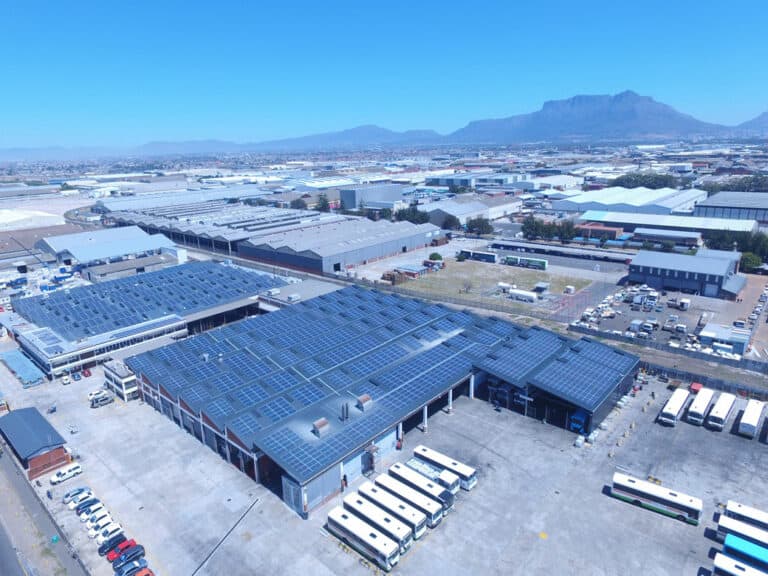As the solar revolution continues in South Arica, here are the top solar trends expected in the year ahead
Between frequent load-shedding, rising electricity prices and slow recovery of the national power fleet, the country’s trade and industry sector has embraced the opportunity to pursue independence through solar energy. Additionally, the recently increased licence-exemption cap on self- or distributed power generation plants is now 100 MW, which together with our sunny climate, makes solar energy an obvious solution.
Looking ahead at 2022, several solar trends are predicted on the energy landscape. This blog post gives a brief overview of the top solar trends expected this year.
Focus on increased efficiency relative to size
Solar power started making financial sense for businesses just over a decade ago. Early adopters jumped at the opportunity to make their properties more independent, keen to experiment with the potential returns. Now, due to ongoing research and development of solar technology, the efficiency of solar modules (panels) has improved exponentially. Higher efficiency enables solar plants to produce more power per square meter.
The result is a shift in focus from installation costs in light of the longevity of the plant, to prioritizing potential efficiency yields so as to maximize the available roof or land space. This solar trend is expected to persist with new technological advancements aiming to increase the efficiency even further.
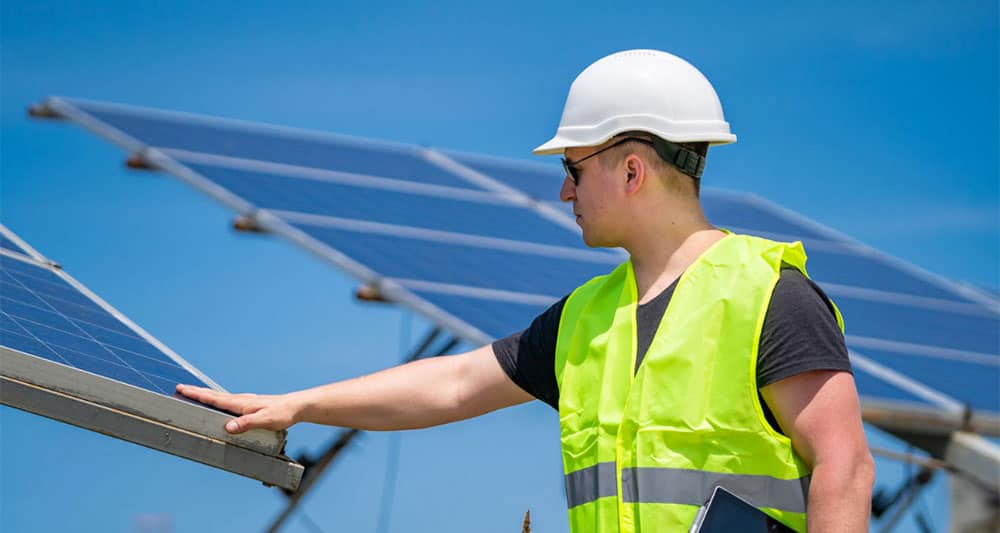
New financial models make solar more accessible for both businesses and residential sectors
The sheer growth of the solar industry and broad adoption across so many different sectors is testimony to the fact that the numbers work. However, there are certain companies that seek the benefits of solar without wanting to invest the capital that is required to build a plant.
This has given rise to the various business models such as the Power Purchasing Agreement (PPA) approach in which the development of the solar plant is financed / owned / operated and managed by a third party. This model enables companies to provide the space to build a plant (on a roof or land) and commit to purchasing the resulting power output. The plant itself then belongs to the PPA counter-party, who also take care of the operations and maintenance aspect.
On the residential side, the solar trend of increasing uptake will undoubtedly continue as people seek solutions to circumvent load-shedding and increased electricity costs. New financial models which provide hybrid versions of the power purchasing agreement or leasing agreements are expected to make solar and battery storage more accessible to residential properties.
Technology solutions to help manage solar plants
We have gone from almost no solar plants in the country in 2010 to a multitude in every sector. Businesses are therefore shifting from being first time buyers to solar plant operators. As the country’s solar plants age, operational challenges are becoming more common. In-house maintenance teams are seldom equipped to address the more intricate challenges that crop up over time for instance due to system under-performance, hail damage, panel theft, or technical faults.
A major solar trend is the multitude of technology-oriented solutions that are now being deployed to help solar plant operators manage their plants more effectively. Data management software, combined with artificial intelligence allow for improved solar plant portfolio monitoring, reporting, early warning alarms and fault finding.
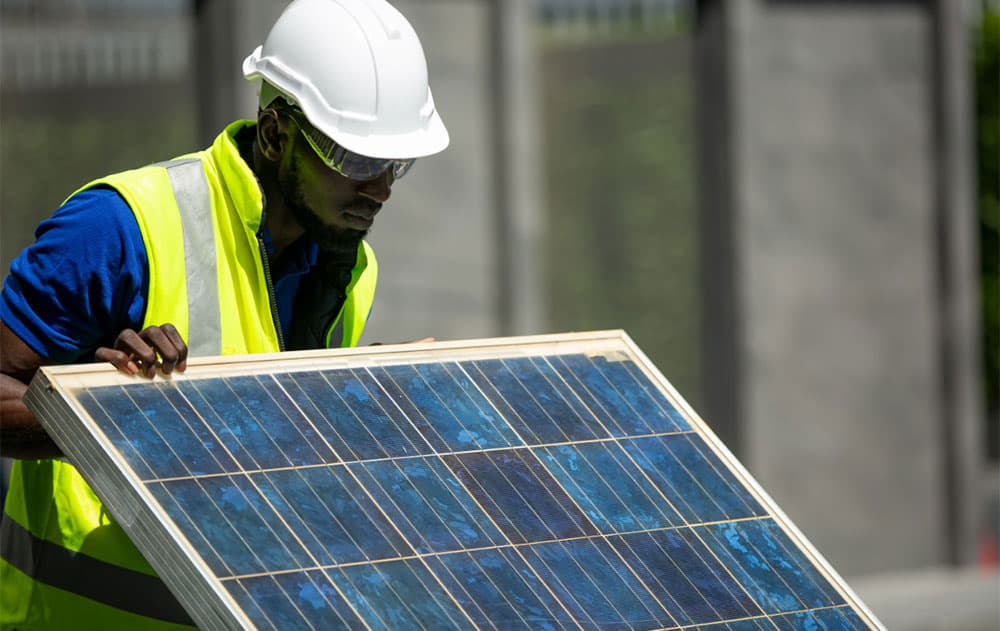
Operations and maintenance requirements creating a booming new market segment
Not all businesses are positioned to incorporate the operational requirements of maintaining solar their plants and ensuring that they function at the expected levels. Some simply don’t have the expertise in-house, while for others, the burden is too onerous.
With an increased focus on plant performance, many businesses will move away from trying to service their systems themselves as operations and maintenance contracts are now being offered by many of the major solar energy companies. This solar trend enables companies to enjoy the benefits of solar energy without taking on the maintenance role.
The result is that the operations and maintenance sector of the solar market is expected to boom, and ultimately surpass the installation segment. At some point, all of the roofs will be taken, with the operations requirement paving the way for the biggest segment of the industry.
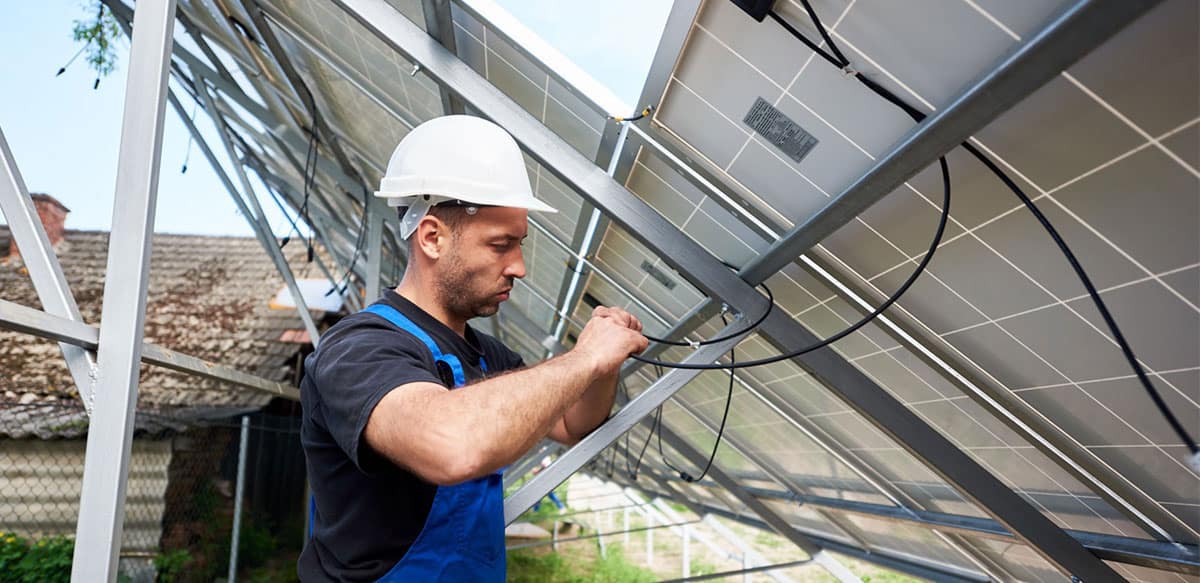
Smarter inverters
Inverters are one of the most important elements of any solar plant. These devices convert the energy that is generated (direct current – DC) to usable electricity for a property (alternating current – AC).
In a solar plant, a string inverter system aggregates the power output of groups of solar panels in your system into “strings.” They are connected to multiple solar panels, forcing the performance to be equal to the lowest performing panel. While warrantees certainly help, rapid improvements are predicted in the year ahead as other manufactures are likely to come forward with solutions to harness the optimal output of each panel.
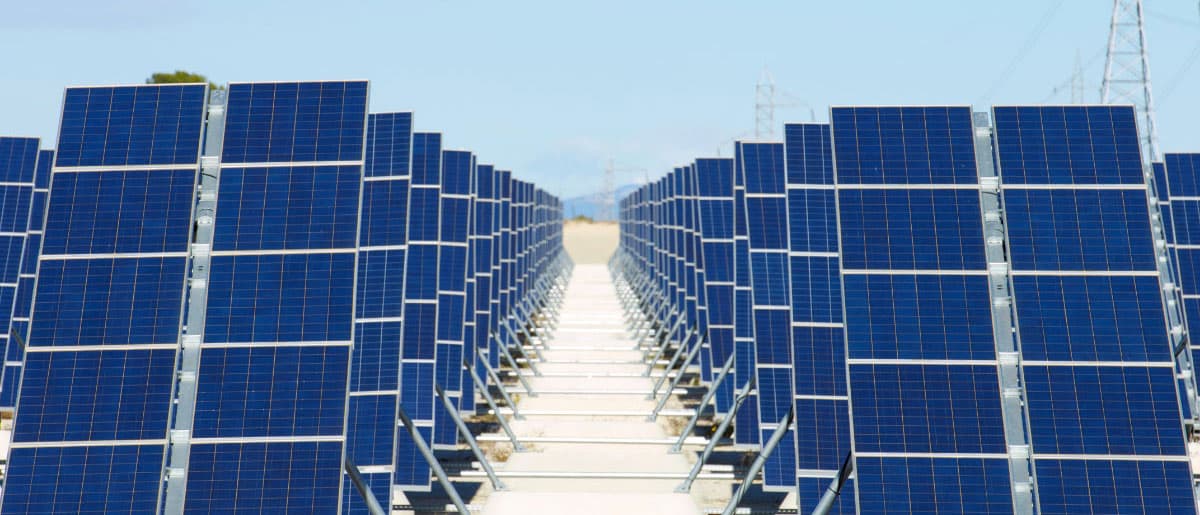
Solar revolution will continue
There is an upward trajectory in solar installations every year. It is anticipated that this solar trend will continue for approximately ten more years, at which point the majority of solar opportunities would have been developed.
The entire focus will gradually shift to maintenance of the country’s solar plants. The size of operational solar plants will eventually dwarf the new solar plants being built each year. With a 20% increase predicted for the next Eskom escalation, have you considered solar yet?


